Information Security: Remote Access Technologies, Risks, & Defenses
VerifiedAdded on 2022/11/13
|18
|1310
|193
Report
AI Summary
This report provides a comprehensive overview of remote access technologies, focusing on virtual sessions and VPN systems. It delves into the functionalities of each mode, highlighting their advantages and disadvantages. The report emphasizes the security risks associated with remote access, such as data breaches, cyberattacks, and malware threats. It examines the secure protocols used by each technology, like Transport Layer Security (TLS) for virtual sessions and STTP for VPNs. The report identifies common vulnerabilities, including configuration conflicts and DOS attacks, and proposes defense mechanisms like encryption and the use of authentic networks. The conclusion reinforces the importance of secure practices in remote access, recommending the adoption of encryption techniques and the utilization of trusted networks to mitigate potential threats. The report also includes a detailed list of references to support its findings.
1 out of 18
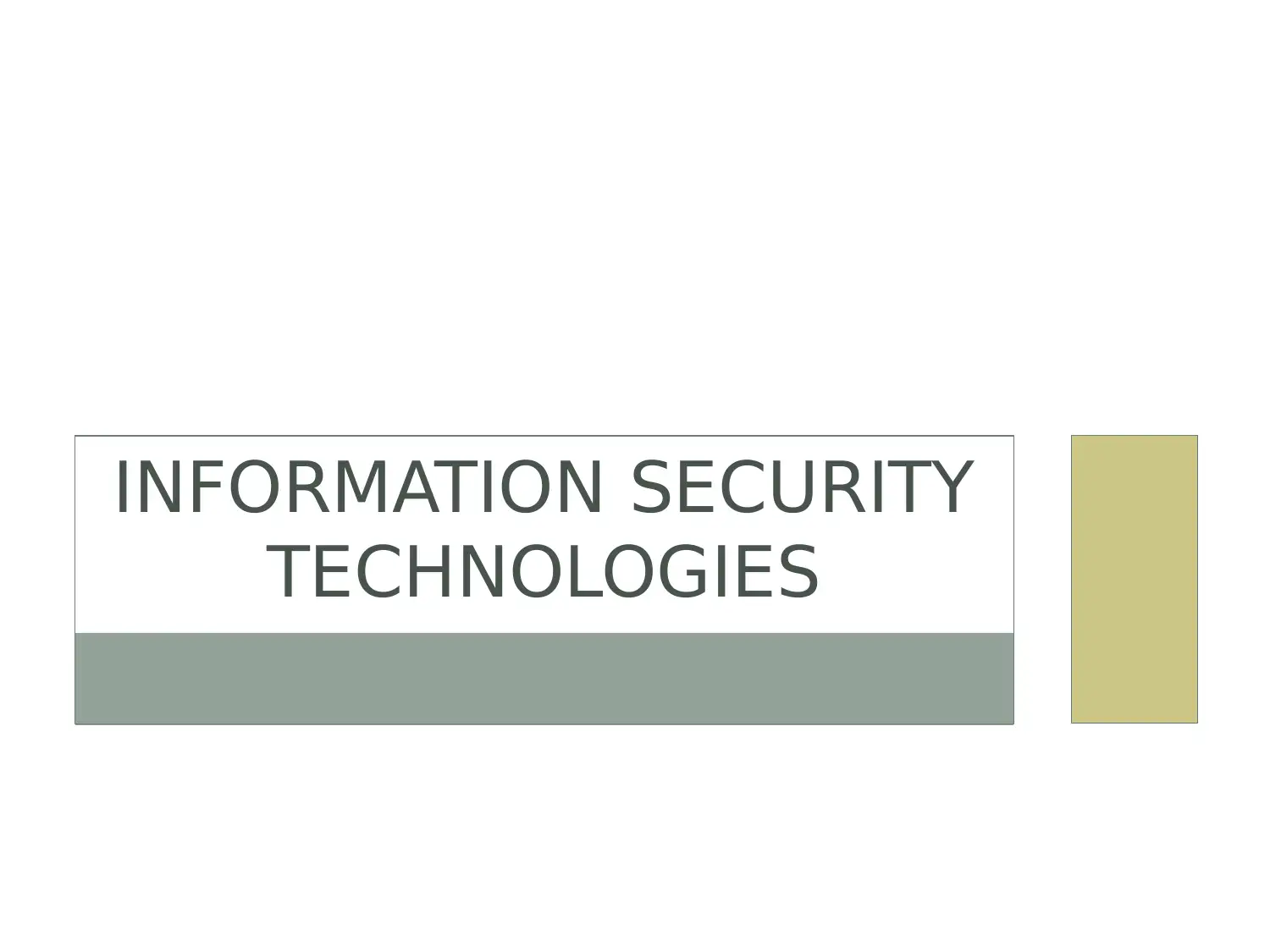
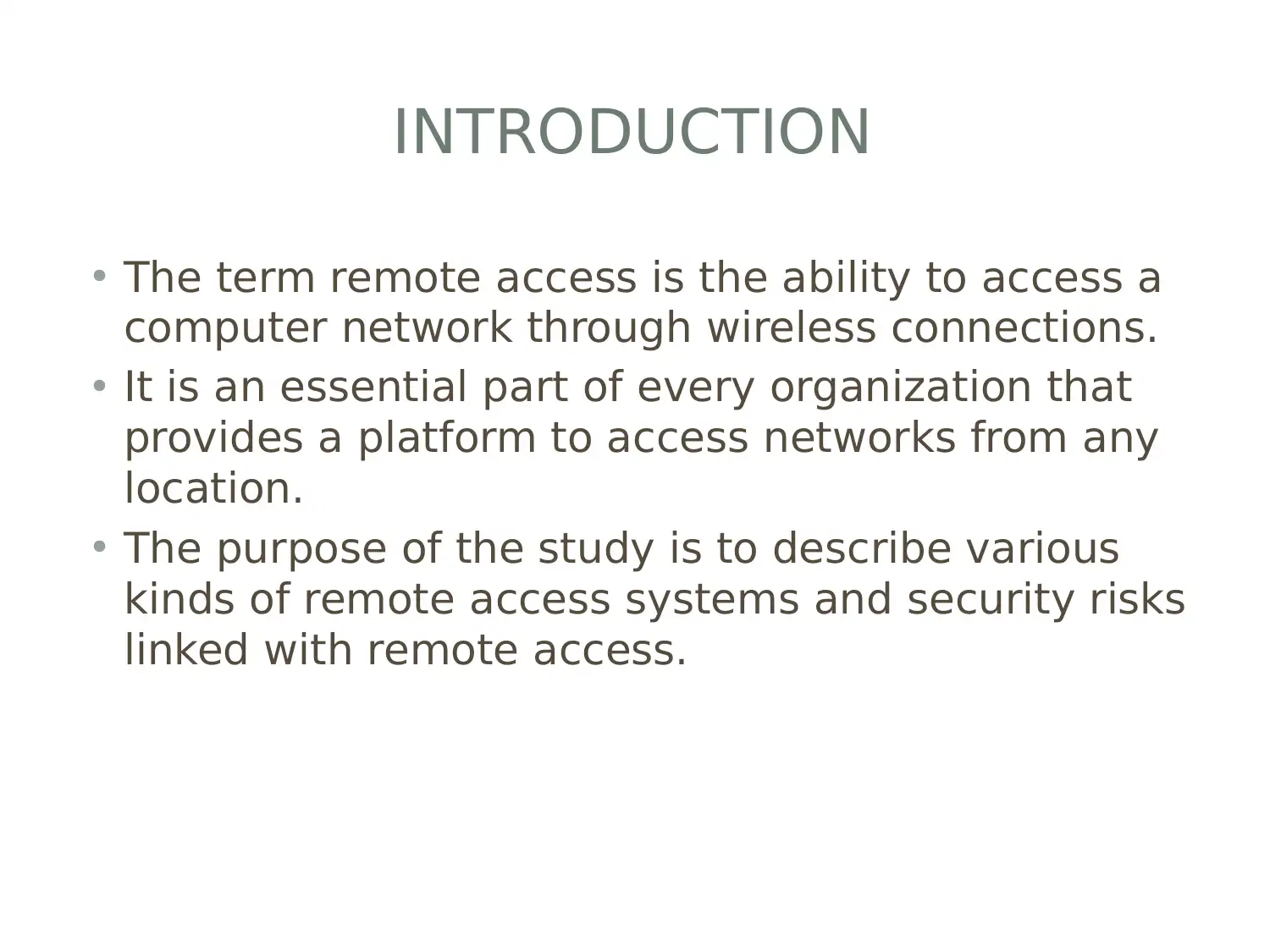
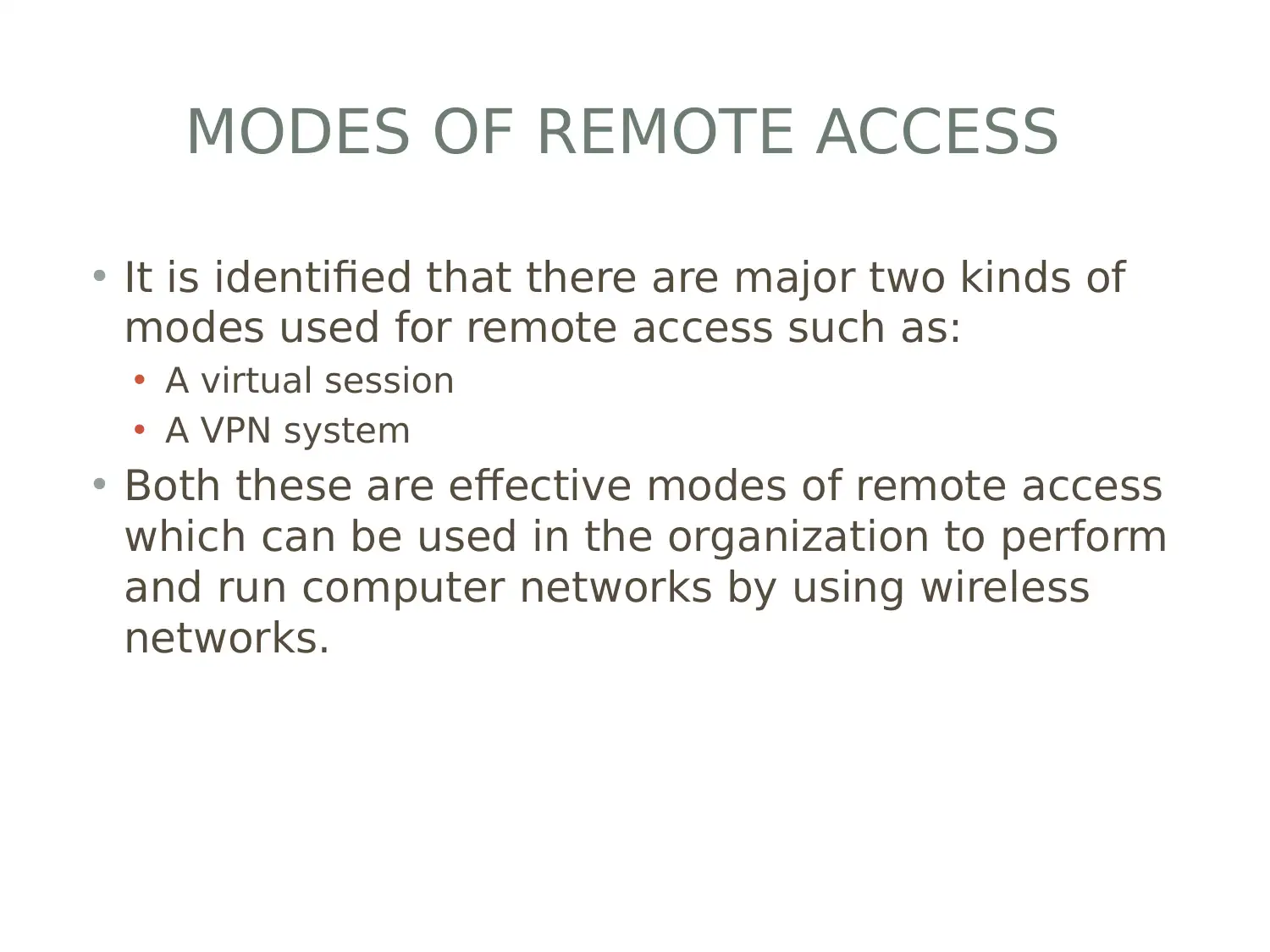

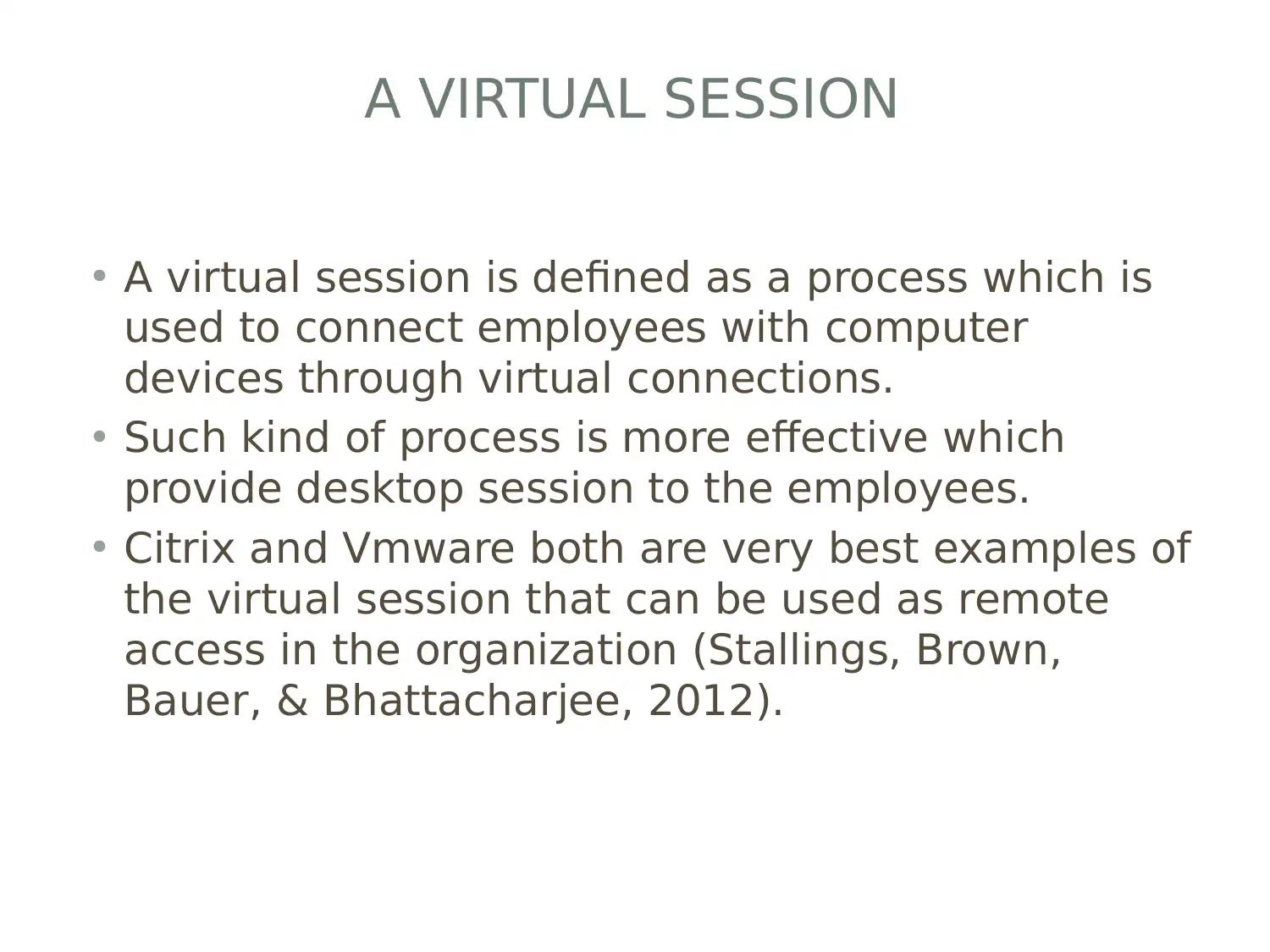
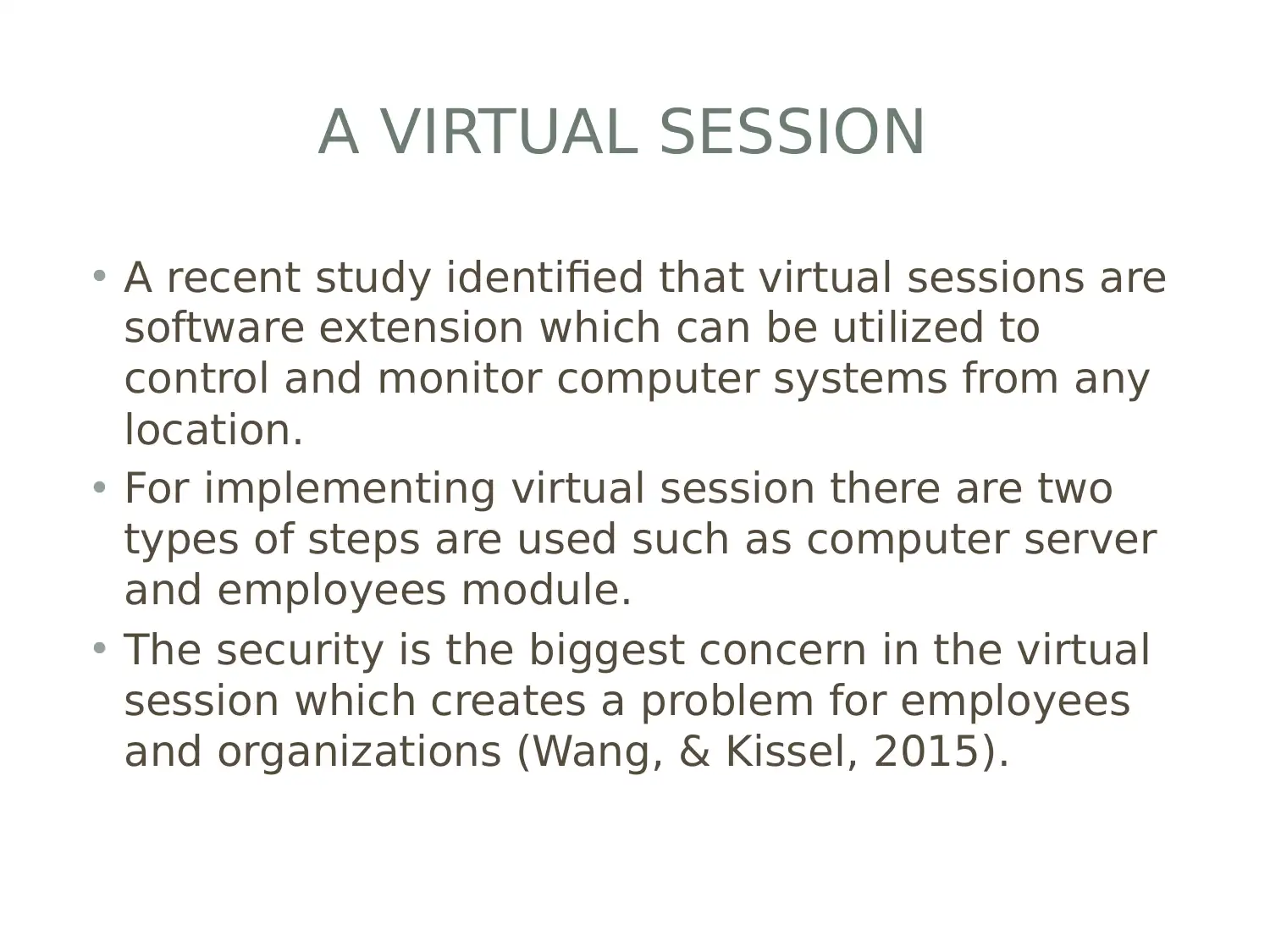
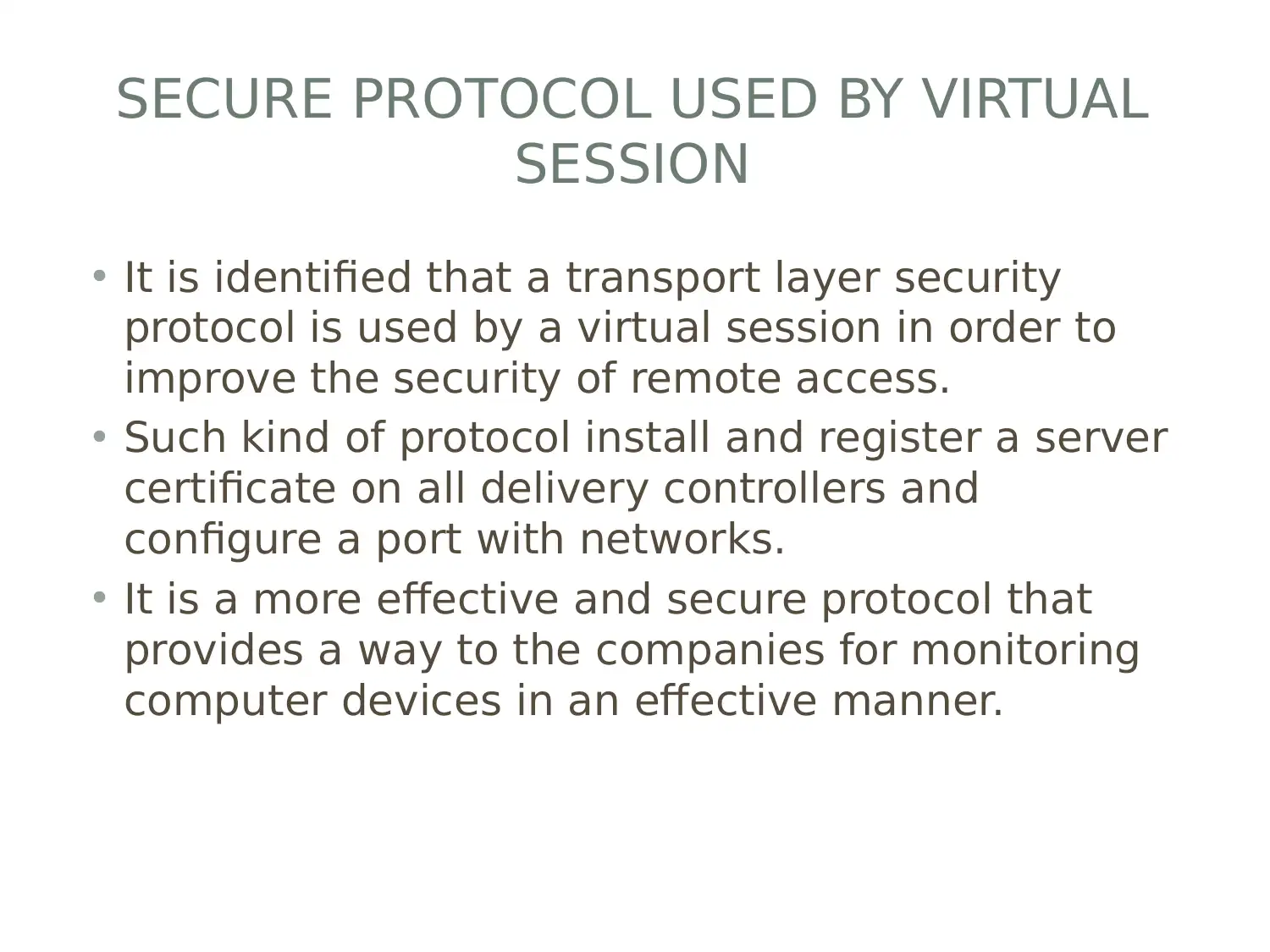
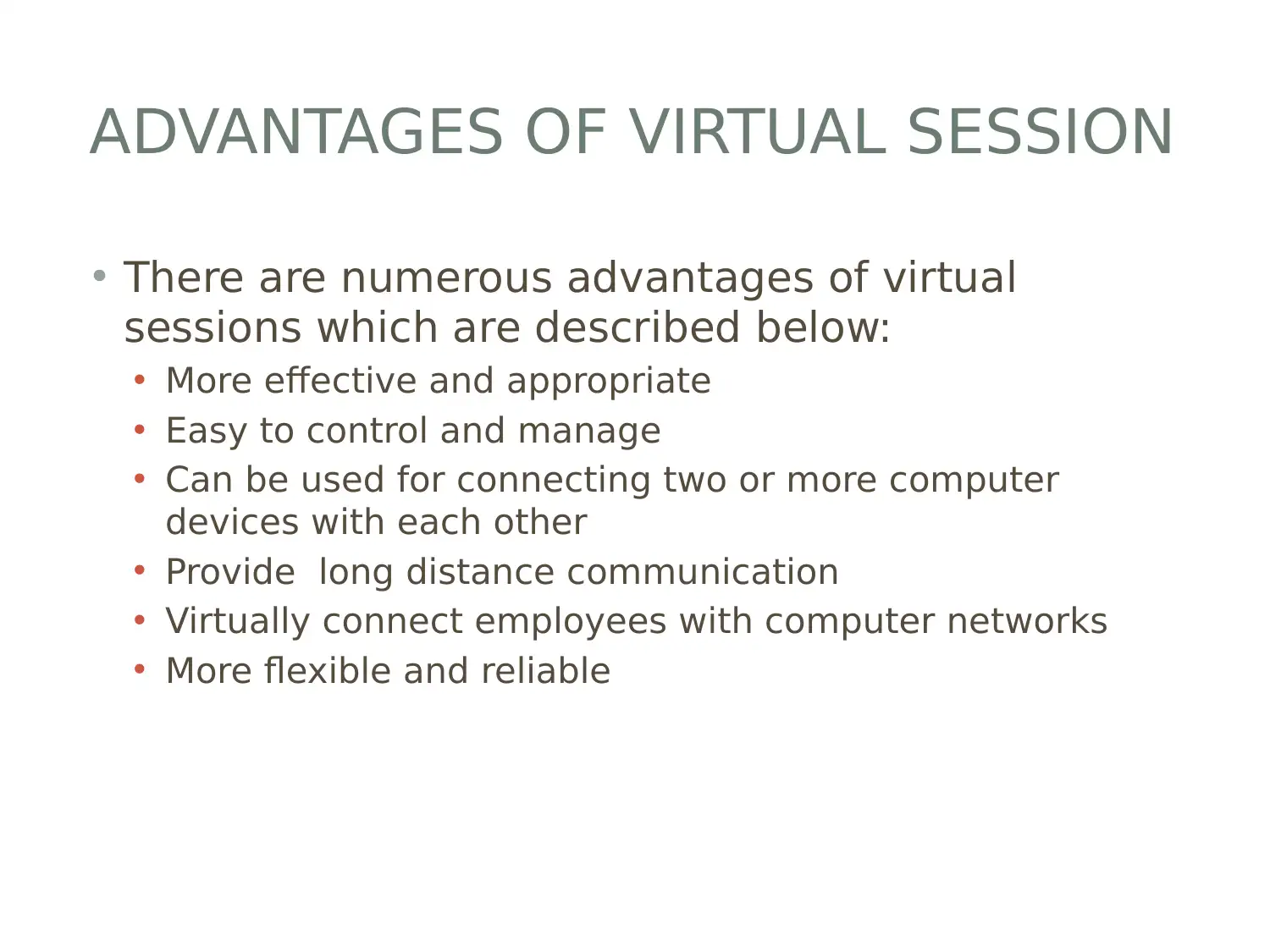
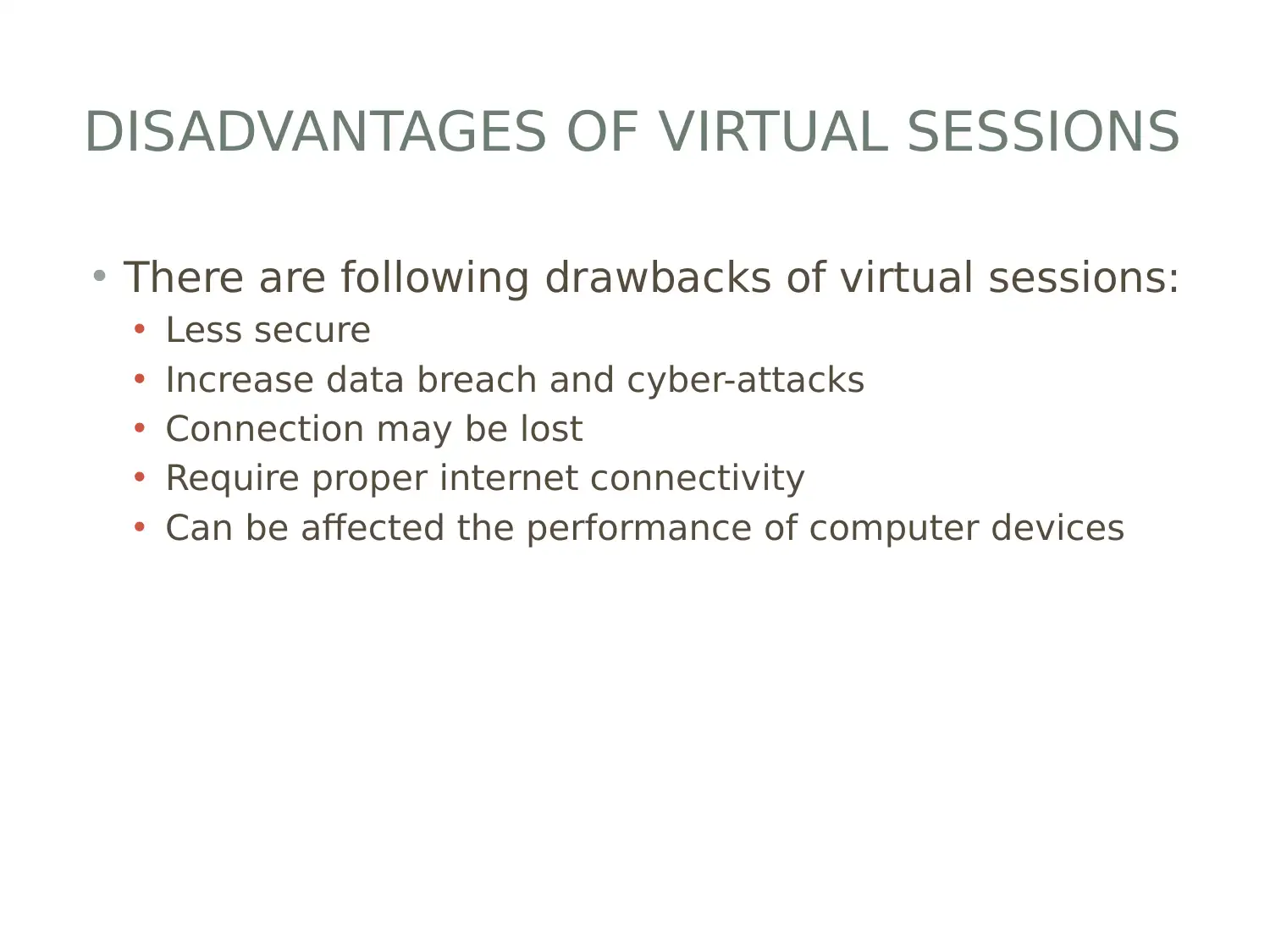
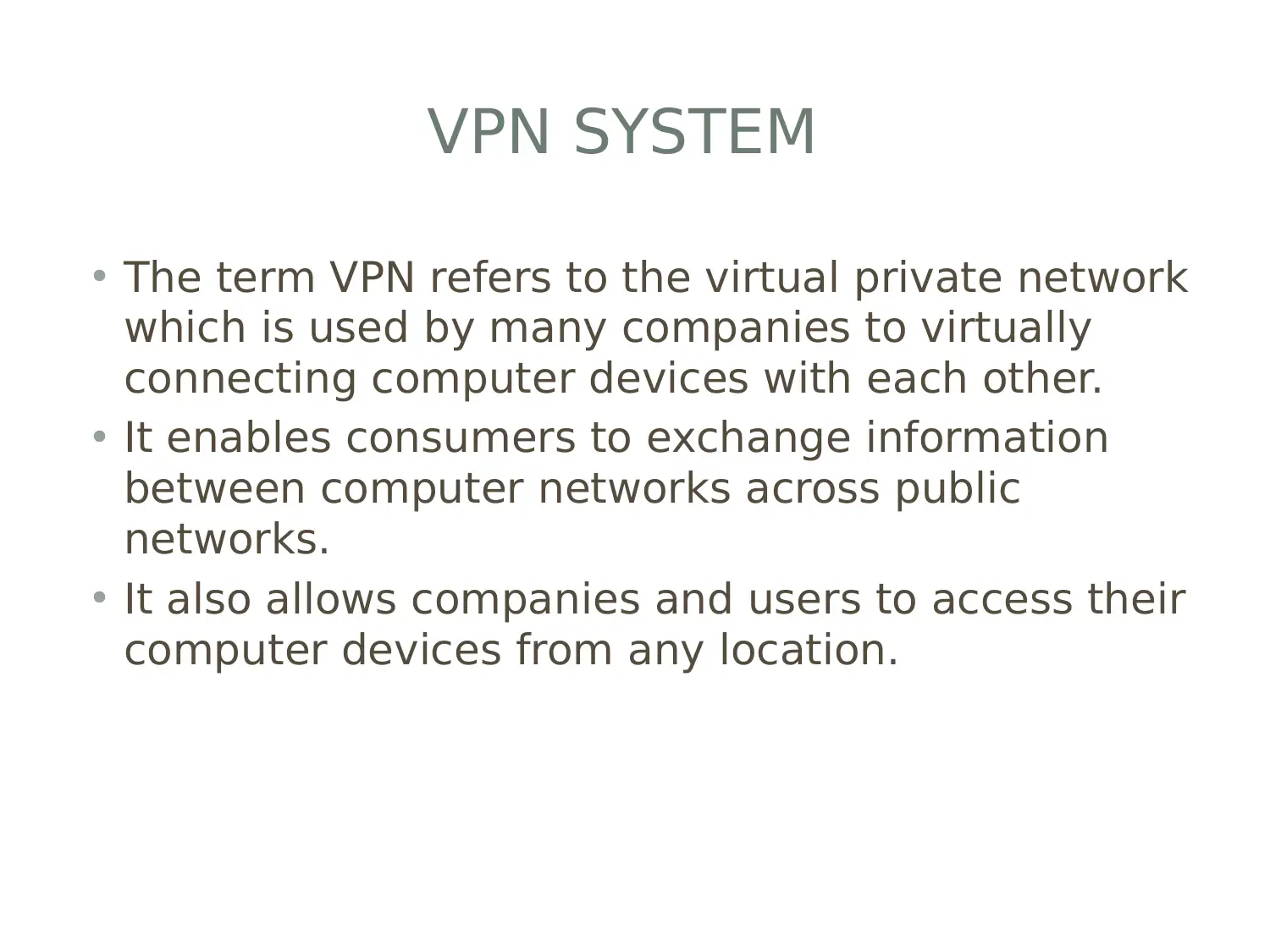
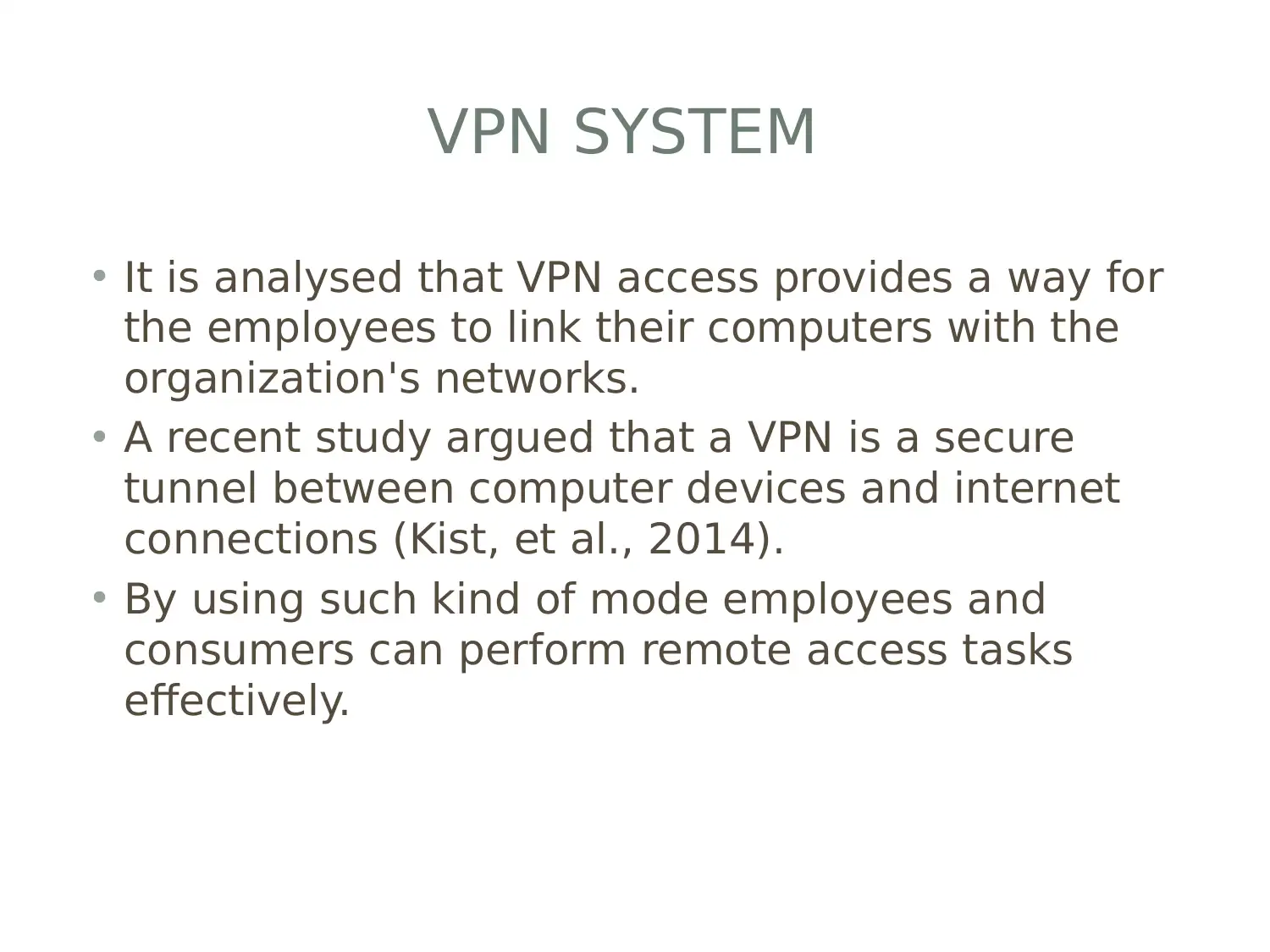
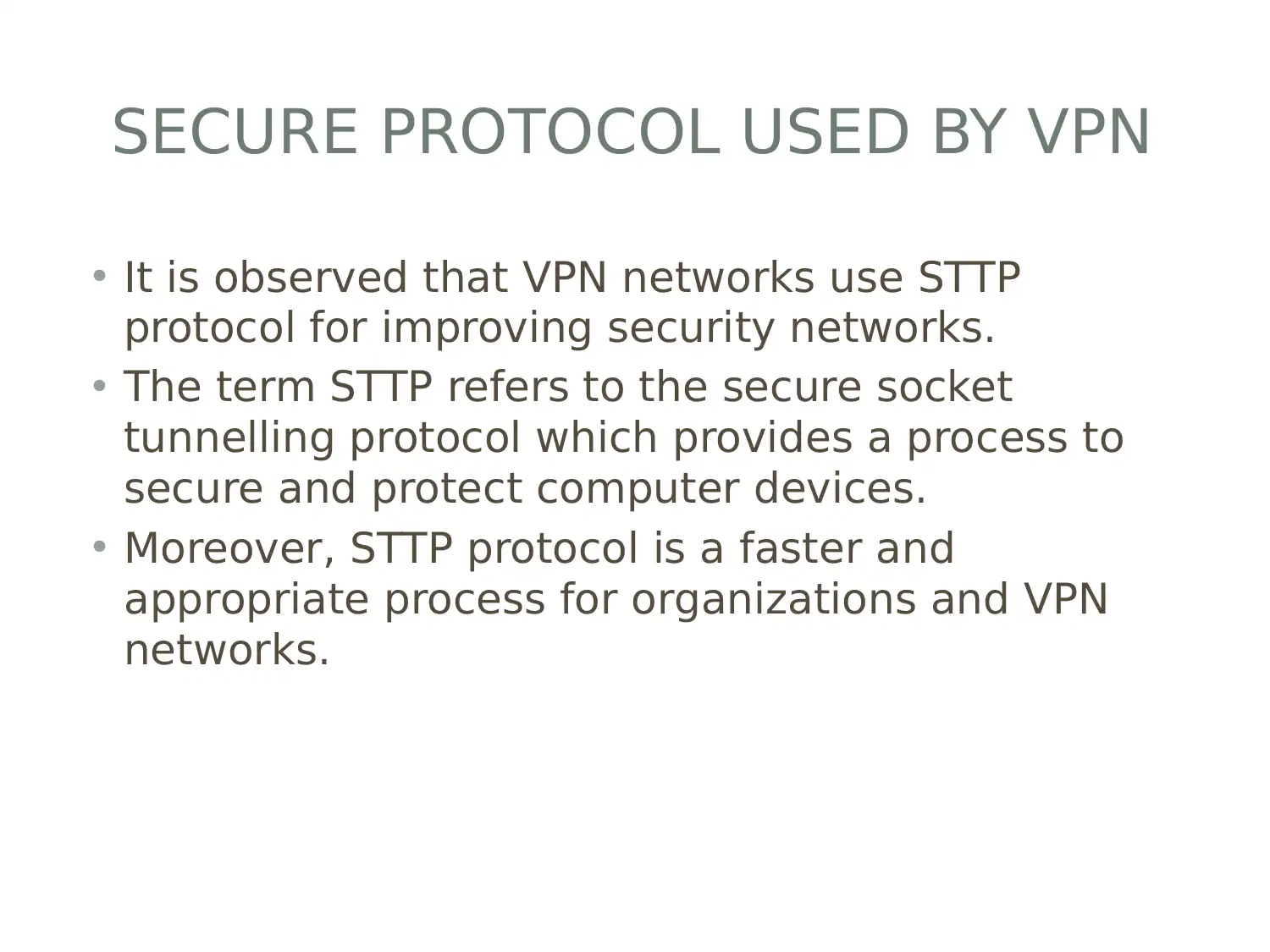
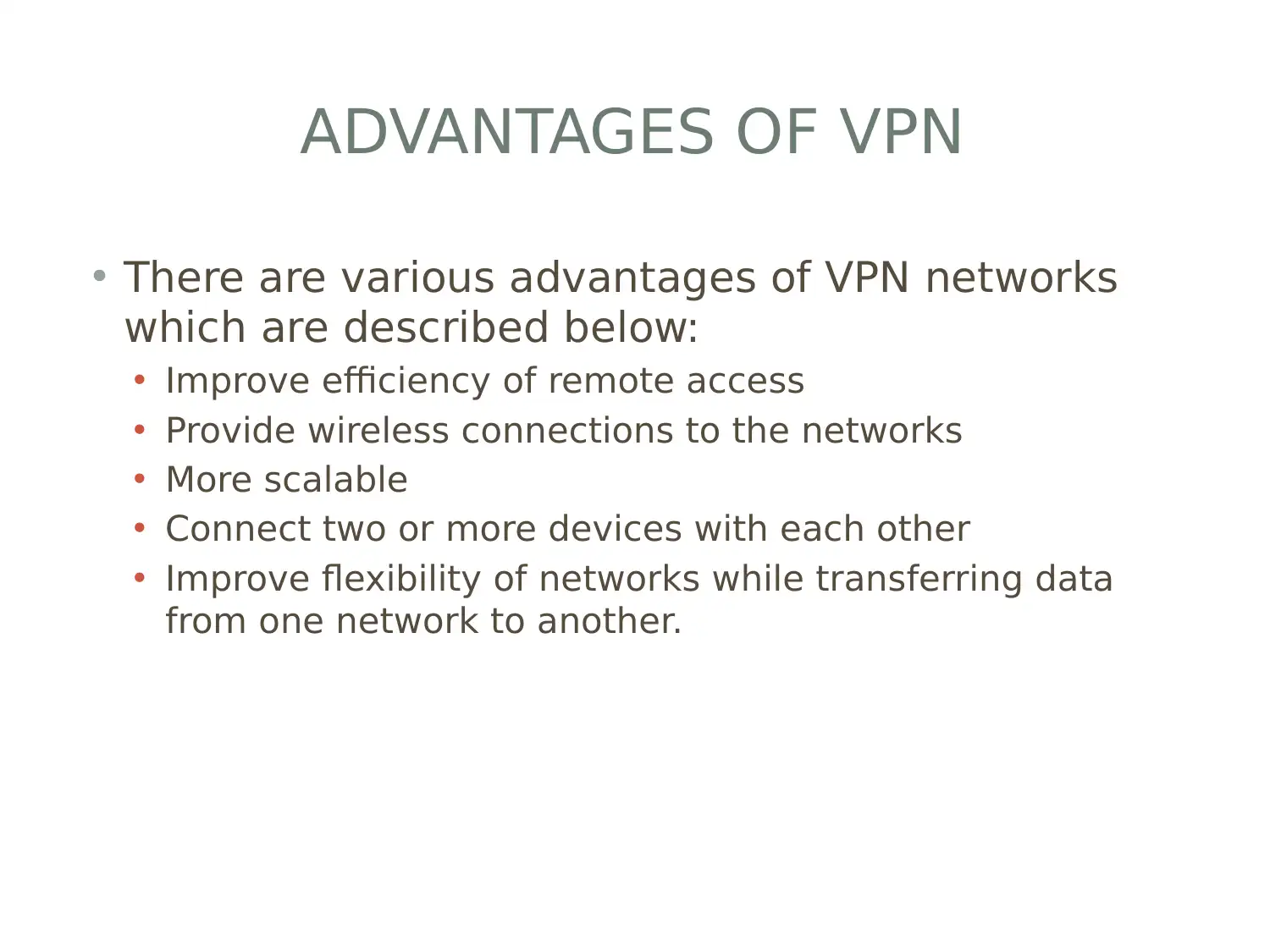






![[object Object]](/_next/static/media/star-bottom.7253800d.svg)